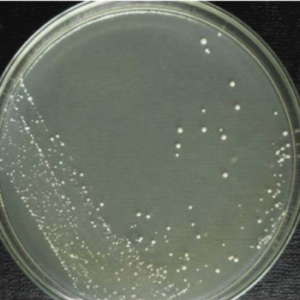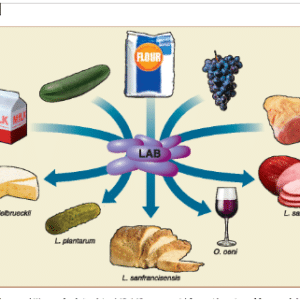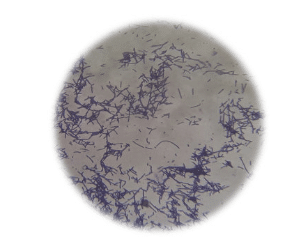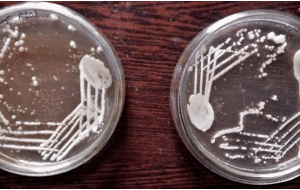Lactobacillus amylolyticus is a species of the genus Lactobacillus and like other members of this genus, it possesses the ability to be used as a probiotic.
An introduction to LAB:
This family of bacteria mainly consists of gram-positive, rod-shaped or spherical bacteria that are characterised by the production of lactic acid as a by-product of carbohydrate metabolism. These bacteria are usually found growing on milk products or decomposing plants. They are non-sporulating and acidophilic. Some strains also exhibit thermophilicity. They are anaerobic microorganisms and have been given GCS status (Generally Considered Safe) as they are present ubiquitously in our surroundings, food and even in our gut.
LAB bacteria are commonly known for their use as a probiotic and their ability to maintain the pH and balance of the gastrointestinal tract. These bacteria are also used for the processes of fermentation and brewing. The health benefits of LAB intake via food can be attributed to the presence of exopolysaccharides.
Culturing of Lactobacillus spp.
The signature characteristics of L. amylolyticus:
This strain of lactic acid bacteria is biotechnologically significant due to certain properties that it possesses.
- It possesses fungicidal and antimicrobial properties.
- It acts as a good acidifier and can hence be used for the production of semi-finished baked goods.
- It has high viability in the gastrointestinal tract of humans.
- It possesses high adhesivity to the epithelial cells of the intestinal mucosa.
- It possesses the ability to degrade raffinose and stachyose (carbohydrates).
The various uses of LAB in the food industry
Structural and functional characteristics:
- Rod-shaped bacteria.
- Gram-positive bacteria.
- Facultative anaerobes.
- Produce lactic acid as a metabolic by-product.
- This bacterial strain is non-spore forming.
Gram-positive lactobacilli.
Culturing and purification of L. amylolyticus:
This bacterial strain is obtained via a series of mutations and is hence categorised as a hybrid organism. The purification of the obtained strains is then done subsequently as follows-
- The strain is initially grown on a lactobac agar and then it is incubated for 72 hours under anaerobic conditions.
- The incubated strains are then cultured in an MRS (de Man, Rogosa and Sharpe) broth and then viewed under a microscope.
Physiological characteristics of the purified bacterial colonies:
- The colonies are round in shape and have a diameter of 1-2 mm.
- They are grey in colour and opaque.
- The edges are wavy and the profile is flat.
- Vegetative cells are present as thin rods.
Streak plate culture of LAB
The cultured bacteria should be stored in a lyophilized form or a protective medium consisting of glycerol and sucrose.
The uses of L. amylolyticus:
The study of L. amylolyticus and its uses is still an ongoing process but as of now it has the following uses:
- Due to its thermophilicity, it can be used as a starter for rye and sourdough bread. It provides a rich flavour and aroma.
- Due to its fungicidal properties, it can be used as an additive in the fermentation of barley.
- This particular bacterial strain can be stored for long periods thus making it better suited for transportation and long term usage as compared to other lactobacillus species.
Conclusion:
The bacterial species Lactobacillus amylolyticus can be produced via a series of naturally occurring mutations and exhibits certain properties that make it better suited for fermentation and probiotic use as compared to other LAB strains. This bacterial strain can also digest starch, making it useful for weight loss and digestion related ailments. Its safe use as a probiotic is still being studied while it has been concluded that this bacterial strain is perfect for baking semi-finished baked goods.
20/05/2022






